Every time, it’s the same.
Innocent people are shot and killed in a senseless act of violence. Uvalde. Buffalo. Parkland. El Paso. Newtown. Blacksburg. Orlando. Las Vegas. Before the blood is dry and victims are identified, politicians on one side of the gun debate rush to microphones, urging implementation of possibly unconstitutional new firearm restrictions that may or may not have prevented the barbarity that just transpired. Their opponents, meanwhile, have sweeping thoughts on every aspect of the massacre—except the weapon with which it was committed. In Uvalde, they seem to have settled on the school having too many doors.
The public debates are now mind-numbing and infuriating. Partisans oversimplify the issue and strip it of all context. Everyone involved performs their perceived role in 30-second cable news soundbites, for as many days as it takes news crews to pack up and leave the small town that will never be the same—a town that will become only an afterthought when another community joins its unenviable club.
But some people consider these crimes far longer than three days at a time. Some people study them. Dr. Adam Lankford is one of those people. A professor of criminology at the University of Alabama, Lankford began his career studying how ordinary people are manipulated into violence by Islamic terror groups and authoritarian and fascist regimes. In recent years, he’s shifted his focus to people who are manipulated into violence by their own, warped minds.
I spoke to Lankford earlier this week for The Morning Dispatch about the Uvalde shooting, and what—if anything—can be done to protect another community from the same fate. He didn’t provide a magical solution or one quick congressional fix that would cut the incidence rate in half. American gun violence is complicated. Nearly 400 million guns are already in circulation in the United States, and the mass shootings that grab attention and spark recurring policy debates account for just 0.2 percent of all firearm deaths in the country every year. Some policy interventions that are effective against these anomalous events are irrelevant when it comes to stopping suicides or homicides, and vice versa.
But that doesn’t mean there’s nothing we can do, as Lankford explained in our conversation, edited for length, clarity, and flow. These shootings are caused by a deadly “cocktail of things,” he said, and our goal should be to make incremental progress on a variety of fronts.
You’ve written a lot about the “contagion” or “copycat” effect when it comes to mass shootings, that the perpetrators are inspired by one another and learning from one another. Is that why this Uvalde shooting came so soon after Buffalo? Did you immediately make that connection in your mind?
Yes, initially I did of course think, “Wow, again already.” We just had the Buffalo incident. But the data on copycat and contagion effects is strongest about the longer-term effects. The fact that perpetrators are influenced by previous perpetrators is essentially undeniable: You can see that in their language, in their writings, in their online searches, things like that. In the Buffalo shooting, I believe that perpetrator referenced the Christchurch [New Zealand] shooter, and that’s not a case where it was like they were within two weeks of each other. That really shouldn’t be surprising. People are still influenced by Columbine, including shooters who were not yet born when Columbine happened. You can be inspired by things that you didn’t personally witness, of course, that you then read about, learned about, became obsessed with.
The data on very short-term contagion effects is less clear. Did Uvalde occur at this time because of Buffalo? It’s really difficult to say. But to some degree, it doesn’t matter when it happens—it matters if it happens. And we know that mass shootings are often planned, thought about for months, sometimes even years before they occur. So it’s rarely the case that you would have someone who a week ago had no violent or self-destructive tendencies and then all of a sudden would see something in the news and do something like this. More often it’s a prolonged deterioration toward this type of attack.
Every time one of these shootings happens, we have politicians on both sides of the aisle repeating similar talking points. Democrats argue there are too many guns in the country and they’re too easy to obtain. Republicans point to downstream cultural problems leading to isolation and mental health issues.
Yes, it’s clearly a cocktail of things. There are a combination of factors, and making progress in any area would be good. I did this study with [William Paterson University sociologist] Jason Silva that we published about a year ago on the timing of opportunities to prevent mass shootings. Basically, we found that these mass shooters often struggled with mental health problems, but for many years prior to the attack. The median proximity to attack for a shooter’s first mental health contact was 14 years before their attack, and the median last mental health contact came 1.4 years before the shooting.
So in many cases, these people were struggling with mental health problems for many years prior to their attack. What does that mean? Well, often you have people, like in the Buffalo case, where yes, they had a mental health contact, but the problem was they weren’t still having those contacts—that they were no longer getting treatment or getting help. But it also means that the mental health problem alone doesn’t cause the attack. Even the Parkland shooter, there were many years when he was just as mentally ill, but he wasn’t killing people.
When you say the median last mental health contact came 1.4 years before the shooting, does that mean essentially that these people sought treatment and either lost access to it in some way or decided themselves to stop seeking it out, then things spiraled from there?
It differs depending on the case, but yeah, all of the above. Change in life circumstances, stopping going to see the therapist, things like that. Or they just said, “Why get treatment if I’m going to commit the shooting?” The disconnect from the mental health professional could itself be a sign that they’re no longer interested in trying to get better.
The other thing you sometimes see is people who either finish school, or get expelled, or get suspended, and all of the sudden the at-risk individual is no longer institution X’s responsibility or employer X’s responsibility. That may be related to less investment in trying to help that person, because it’s like, “They’re no longer our problem.” When the person is no longer within the organization, people who are very invested in monitoring that case lose that investment. But it’s still society’s problem.
What about the firearms issue?
I’m at the University of Alabama, obviously part of the country where firearm rights are highly valued and there’s a culture in which hunting and marksmanship are prominent. From a common sense point of view, having a gun in your closet, or in your vehicle, or on your hip doesn’t make people want to commit mass murder.
And when we looked at firearms, we found that many of these perpetrators were not lifelong gun owners or hunters. In many cases they’re people who decide they want to commit murder, and then are able to access guns after that. Half of them had never owned a firearm until the year before their attack, and some of them had not even acquired one until the last month before their attack.
The problem is, when people want to commit mass murder in the United States, then they can have that motive in their head, they can have exhibited all these warning signs, and then they can still go into a gun shop on their 18th birthday, as the Uvalde shooter did, and get firearms. So that’s why I would be supportive of the red-flag laws for the cases where the warning signs are just so explicit.
Nobody said after the Uvalde shooting, “Oh, I spent a lot of time with this guy in the last year, and I can’t believe he did this.” The Parkland shooter is a more extreme example, but he was advertising on social media that he wanted to be a school shooter. If there’s anybody we could prevent from getting firearms, it should be the people who commit these kinds of crimes, because they’re so obvious about it. If you ask me how to stop muggings or bank robberies, then I think it’s a much more complicated conversation.
I think you’re hinting at it at the end there. A common counterargument you hear when against additional firearm restrictions is that there are hundreds of millions of guns floating around the country, many of them illegal, and people with these strong homicidal urges will find another way to get one of those.
The stats suggest that in the majority of incidents, the firearms are purchased legally. But that’s the majority, it’s not all. If you asked me, “How do we keep guns out of the hands of urban gangs?” or “How do we keep guns out of the hands of the mafia, or drug traffickers?” I’d say we’re not going to be able to do that. There’s too many guns in circulation, and they have black market connections—they’re professional criminals.
But these mass shooters are not professional criminals. They don’t have criminal connections, and frankly they’re often extremely socially awkward. In many cases they’re buying guns online, or they’re walking into a store just as awkwardly as they would walk into McDonald’s or something. My point is yes, if you make buying a firearm more difficult for people who find it difficult to do anything socially, that makes a difference. And by the way, if they get caught trying to get guns illegally, then that is itself an opportunity to prevent their attacks.
You mentioned red-flag laws as one proposal you’re in favor of. What else would you do on a federal level if there were 100 Adam Lankfords in the Senate? Are there policy reforms that could make a meaningful impact here, not necessarily immediately, but over the next few years?
That’s a great question, and I can’t resist the temptation to just throw a few things out there. If it were up to me, I would say red-flag laws nationwide, subject to judicial review so that, if you don’t like a decision, of course you can appeal that.
I’d add to that nationwide child’s access prevention laws, because in some of these cases we have underage people who were able to access firearms from their parents. There was a case in Michigan last year where a 15-year-old allegedly received a gun from his parents as a gift. Child access is a problem for the juvenile shooters. When we talk about the exceptions where people didn’t get their firearms legally, sometimes it’s those juvenile shooters who got them in the house. In general, we should look at more liability for parents who are not responsible when it comes to the behavior of their children.
And then I guess I would like to see much more investment in terms of mental health treatment and resources for mental health treatment. The United States has a big suicide problem. It has a mass shooting problem that in terms of frequency is far rarer than its suicide problem. But more counseling, better mental health treatment, behavioral threat assessment teams—these are things that solve a myriad of problems ranging from suicide to mass shootings to other forms of violence and harm. And this might not be about laws as much, but I would also like to see more pressure on the media to responsibly cover these incidents.
Taken altogether, those prescriptions don’t map neatly onto our current partisan divide. Do you find people are generally receptive to all of your research on what causes these shootings, or just bits and pieces?
Well of course it’s multiple things that cause these shootings. My own experience has been, if I write something that talks about the role of firearms in these incidents, I get applauded by one side and criticized by the other. But then I write something about the media’s role in this and the roles get reversed in terms of who’s applauding and who’s criticizing. I sat down with a major decision maker at a media organization to talk about the media’s role in being more responsible in their coverage. And he said, “Well, don’t blame us, blame guns.” And I said, “Well, if I was talking to the head of the NRA, he would use the same logic, so can’t you do better than that?”
You’ve done a lot of research on the connection between coverage of these mass shootings and their incidence and deadliness. At The Dispatch we try not to use these perpetrators’ names, show their pictures, that kind of thing. What else can journalists do to treat these events with the seriousness they deserve without glorifying the shooters?
I’ve advocated for not publishing the names and not publishing the photos of the perpetrators. You can get all the information about what happened Tuesday and why it was so tragic to Americans and the world beyond without those specific details. The letters that make up this person’s name are not themselves valuable information. What his nose or face looks like is not itself valuable information. So I’d say focus on the valuable information.
There does seem to be a direct relationship between the fact that public mass shootings have become more deadly over time in the United States and the fame and attention these perpetrators receive. We know that a number of perpetrators have specifically said that they want to kill large numbers of victims because they know that will get them more attention. So this media arrangement has created an exploitable and perverse incentive structure.
Beyond that, we saw with the Buffalo incident that there was an ideology that the perpetrator seemed to be promoting. And some of my research would also suggest we shouldn’t give too much credence to these stated motives or ideologies. We don’t want to go too far in just letting the person promote his agenda, to use the media as a platform for sending a message. For decades, terrorists have tried to use the media to get attention for their ideas. In the Buffalo case, I saw all these articles about the so-called Great Replacement Theory. Yes, these are mostly think pieces criticizing it, but they were also giving oxygen to it.
And lastly, when we think about motives and why people do this thing, it’s not just ideology. Fill in the blank with whatever radical ideology you want. There are thousands, if not tens of thousands, or hundreds of thousands, or millions of people with that ideology who nevertheless wouldn’t commit these crimes. So what’s really making these people different is not just the ideology, but the homicidal and often suicidal tendencies.
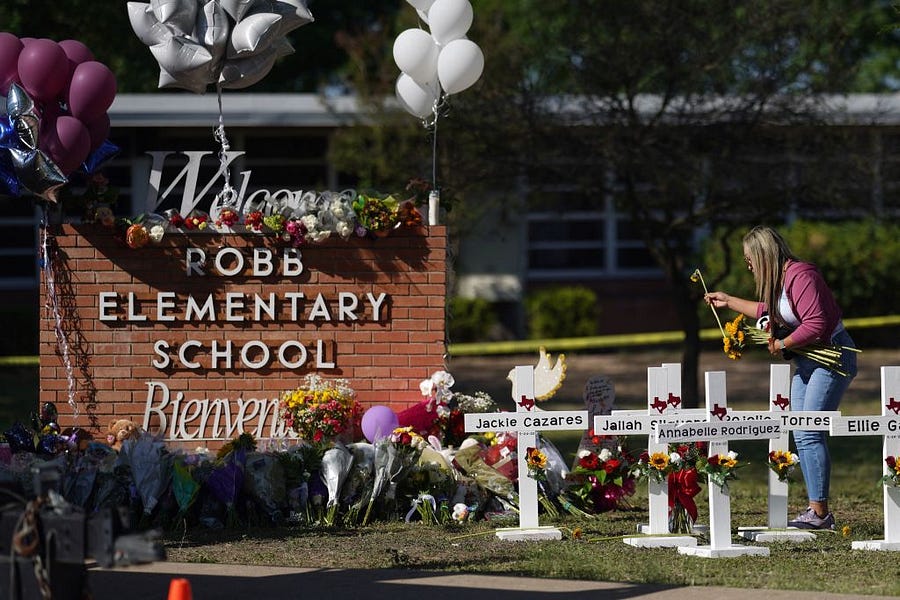

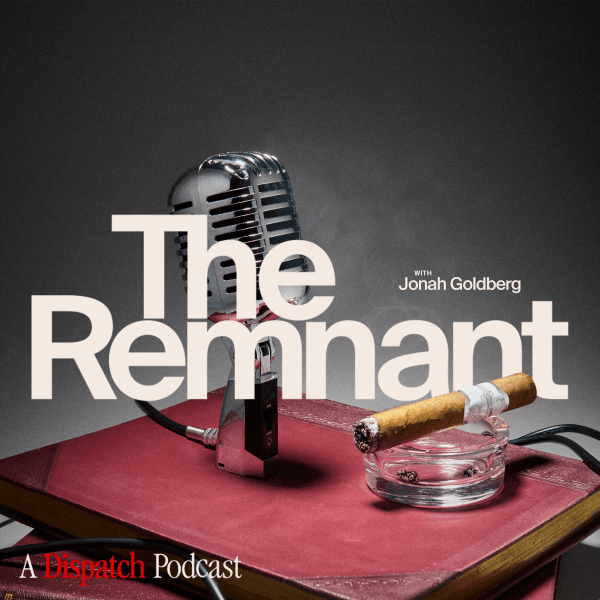
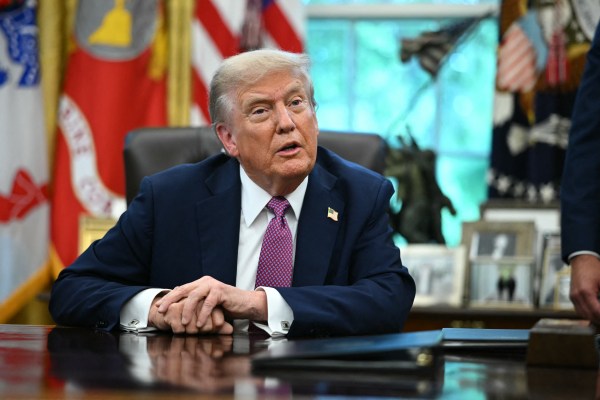
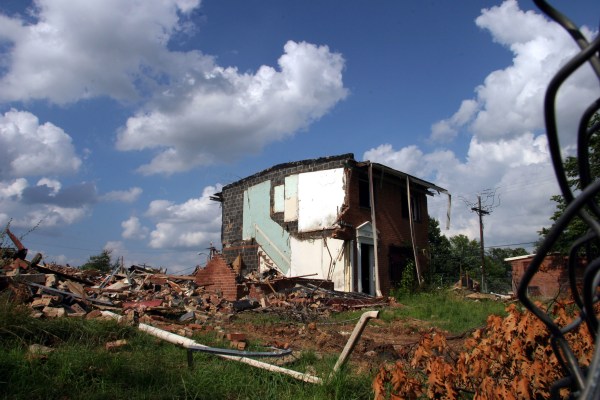
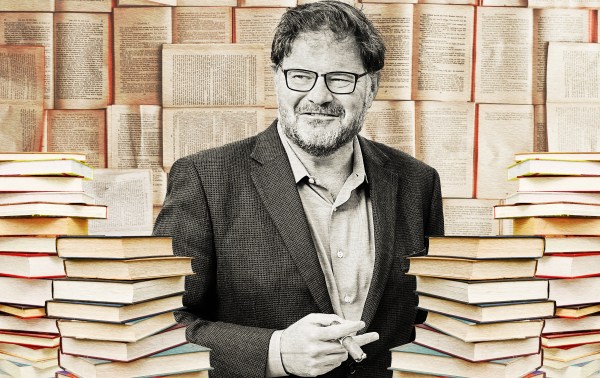
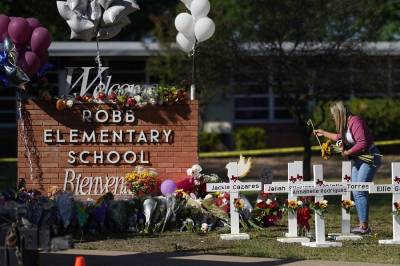
Please note that we at The Dispatch hold ourselves, our work, and our commenters to a higher standard than other places on the internet. We welcome comments that foster genuine debate or discussion—including comments critical of us or our work—but responses that include ad hominem attacks on fellow Dispatch members or are intended to stoke fear and anger may be moderated.
With your membership, you only have the ability to comment on The Morning Dispatch articles. Consider upgrading to join the conversation everywhere.